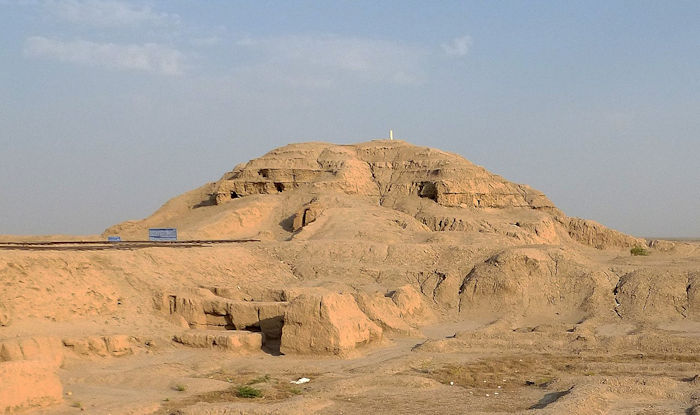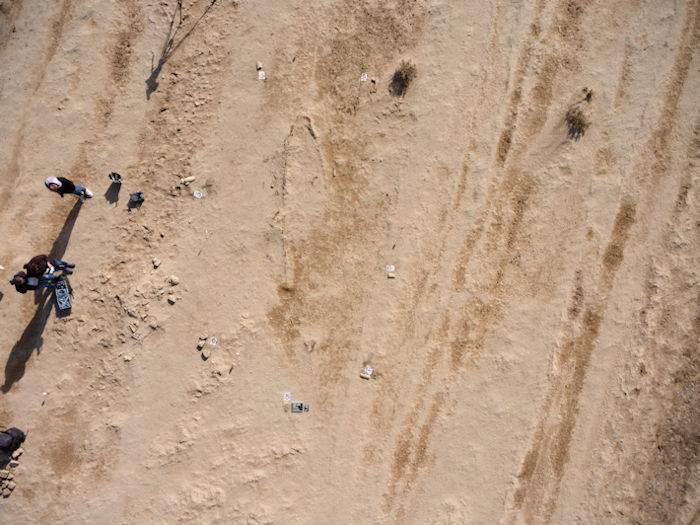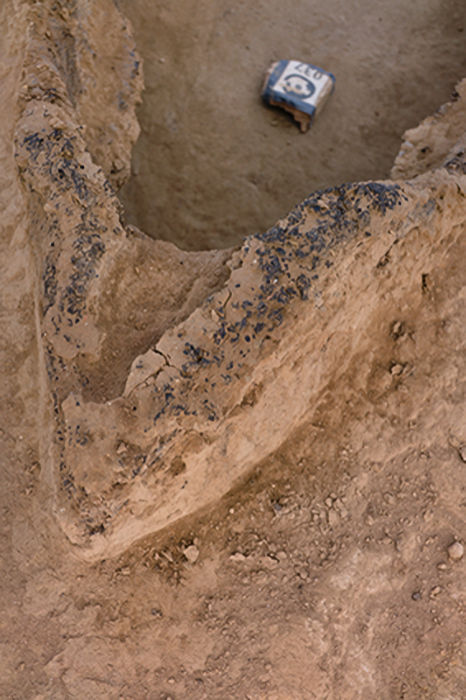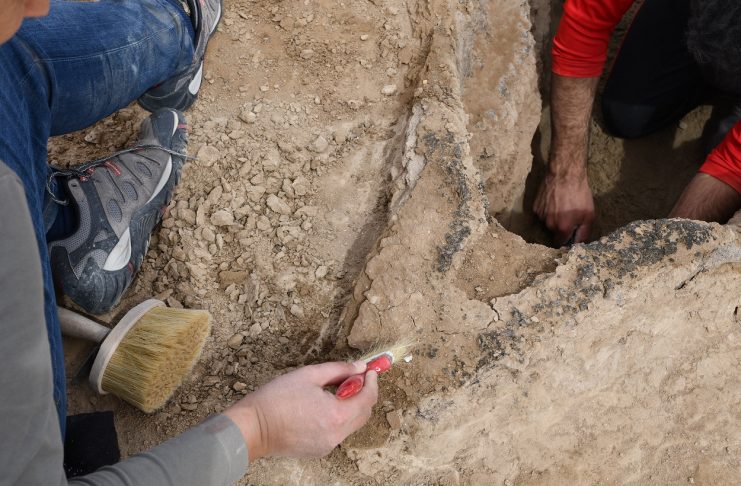4,000-Year-Old Mesopotamian Boat Near Uruk Rescued
While excavating near the ancient city of Uruk in Iraq, archaeologists successfully uncovered a very fragile, unique, well-preserved 4,000-year-old boat.
According to the Sumerian King List, Uruk was founded by King Enmerkar around 4500 BC and was the largest settlement in southern Mesopotamia, if not the world.
Mesopotamia, the area between the Tigris and Euphrates Rivers (in modern-day Iraq), is widely considered the cradle of civilization, and archaeological finds made in this region are important to shed more light on how modern civilizations developed.

The ancient Mesopotamian boat made of bitumen was found near Uruk, in the archaeological buffer zone, where ancient canals, fields, small settlements, and production sites that illustrate the rich life of the ancient city are located.

The boat was found there during the systematic documentation of the Uruk-Warka environs and photogrammetrically documented.
In recent years, the fragile structure had already been partially exposed and removed by erosion.
Therefore, the boat was last visible above ground. Traffic running close to the site acutely threatened the preservation of the boat.

An international team of archaeologists from the Iraqi Ministry of Antiquities and the German Archaeological Institute (DAI) has successfully uncovered the fragile boat and thus documented the unique finding.
It is an almost completely preserved boat made of organic material (reed, palm leaves, or wood) completely covered with bitumen.
The organic remains are no longer preserved and are only visible as imprints in the bitumen. The ancient boat is 7 m long and up to 1.4 m wide. It is not thicker than 1 cm in many places.

During the excavation, the boat was documented three-dimensionally by photogrammetry.
The archaeological context shows that it sank at the bank of a river that has since silted up, probably about 4,000 years ago, and was overlaid by sediments.
The boat was covered with a clay and plaster shell for stabilization directly during the excavation and could thus be recovered essentially completely, the German Archaeological Institute (DAI) informs.
In accordance with Iraqi antiquities law, the Mesopotamian boat was taken to the Iraq Museum in Baghdad for further scientific study and conservation.
It is planned to exhibit the boat and make the knowledge of its construction and context available to the public.
